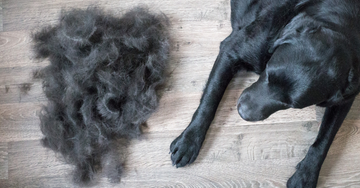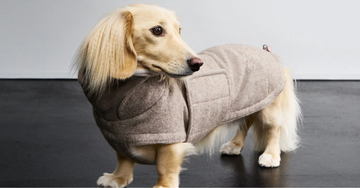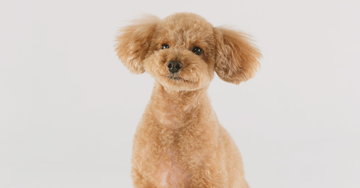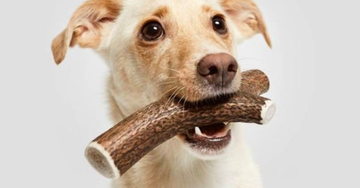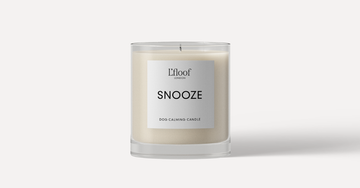Almost all dog breeds shed, but how much they shed can vary quite a bit from breed to breed.
The primary reason for shedding is the amount of fur and undercoat. It is completely natural for dogs to shed their fur, but it can feel extra intense during the changing seasons – in the spring and fall, when your dog changes between summer and winter fur.
Also remember that a dog's coat can change significantly after being castrated or spayed.
Surprisingly, short-haired breeds often shed more than long-haired breeds, as their hair cycle is faster. However, long hair can feel more annoying when it ends up all over the home.
It is important to mention that extreme shedding can sometimes be a sign of stress, food allergies or other health problems. If in doubt, you should always contact your vet.
For the vast majority of dogs, shedding is completely normal. While it's frustrating to find dog hair on clothes, furniture – and sometimes in your mouth – it's just a part of life as a dog owner.
Can I do anything to avoid shedding?
Here are my top tips on how you can help your dog have a healthy and strong coat – and maybe even reduce the amount of dog hair in your home. At the same time, I share how you can "tame" the coat when shedding is at its peak.
Biologically correct, high-quality feed
A healthy coat starts with the right food, which is the foundation for both your dog's well-being and well-being. It can be challenging to navigate the jungle of dog food, but a good rule of thumb is to look at how the animal protein in the food is extracted.
Choose a food that uses the whole animal and has a transparent and understandable ingredient list. The first item on the list should be the animal itself – this is a sign that the food is rich in high-quality protein.
At Hunni, we sell food that we know is of top quality. The food is made from fresh, sustainable free-range ingredients and contains everything from the whole animal.
See all our dog food
Omega 3 and 6
Omega 3 and 6 are essential fatty acids that play an important role in your dog's health - both inside and out.
Omega 3 , extracted from fatty fish, is essential for moisture in skin cells and hair follicles. A lack of omega 3 can lead to a dull and dull coat, dry skin, irritation, itching and dandruff.
Omega 6 , which comes from plant oils, works together with omega 3 as a powerful duo that both strengthens the health of the coat and lubricates your dog's joints from the inside.
In all of our dry food you will find natural sources of omega 3 and 6, but you can benefit from giving a little extra supplement, for example in the form of salmon oil.
Salmon oil
Dog food with fish
Treats with fish
Fur care, fur care, fur care…
All dogs benefit from being brushed at least once a week – this applies to both long-haired and short-haired dogs, with or without an undercoat. You can help your dog shed in a more controlled way by brushing regularly and giving him a bath every now and then.
Here you can see which brushes we generally recommend for the coat types. If you want to learn more about this, you can read here .
Brushes for long fur
Brushes for short fur
Brushes for rough hair
Brushes for curly fur
Shampoo and conditioner made for the dog's pH value
We do not recommend using human shampoo for dogs, as it is not adapted to their pH value and can therefore irritate the skin. Especially if you use a non-neutral human shampoo, it can in the worst case lead to hair loss.
Here you can see our dog shampoo – we have both scented and unscented for sensitive skin:
Dog shampoo and conditioner
Something indispensable for you with a curly-haired dog (or long-haired dog) is a conditioner spray. This makes the fur easier to comb through.

